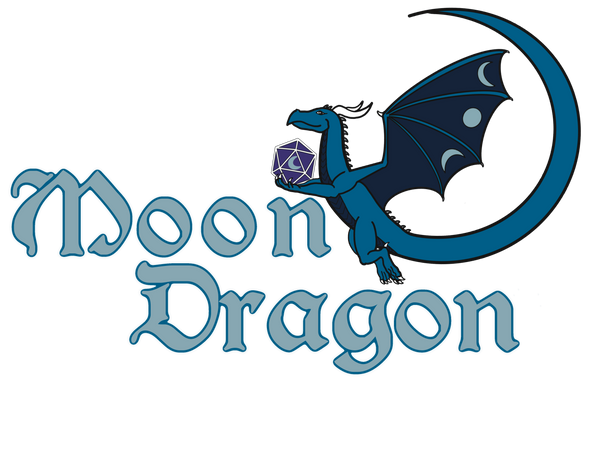Ollies
Tales of the Night Sky: Revealing the Mythologies and Folklore Behind the Constellations
Tales of the Night Sky: Revealing the Mythologies and Folklore Behind the Constellations
Couldn't load pickup availability
For each of the constellations, discover:
- Philosophy and lifestyle advice learned from the origin of the constellation
- Myths and cultural connections of the constellation
- Celestial events that occur annually
- The deep sky objects contained in the constellation, including nebulae and star clusters
The stars and planets have been a constant source of fascination since the earliest times, and different cultures have tried to explain the existence of these heavenly bodies with a host of myths and legends. This book explains the folklore behind the names and shows how to locate the constellations in the night sky. The quest to discover the secrets in the night skies speaks to something deep in human nature. Become part of the resurgence in the lost art of "reading nature," to connect both with nature and also with the intuition, traditions, and wisdom of ancient cultures.
From the Publisher

Introduction
When you go stargazing on a clear, dark night, the star-studded heavens form a vast, dark dome over your head. It is the same everywhere on Earth. Our planet is surrounded by a limitless celestial sphere, and the stars appear to be fixed to the inside of this sphere. As time goes by, the stars wheel over your head and the sphere then seems to be spinning around the Earth. At first glance, there is little to distinguish individual stars, and they seem to be scattered haphazardly around the dark dome of the heavens. But it soon becomes evident that the stars are not all alike. Some are so bright they stand out like beacons; others are so dim you can scarcely make them out. In your mind’s eye, you can group together some of the bright stars to make patterns.
|
|
|
|
|
|---|---|---|---|
The UniverseTwo thousand years ago, astronomers believed that there was a celestial sphere surrounding Earth, and that Earth was the center of the universe. They also thought that the Sun, Moon, and planets all circled around Earth, as did the stars fixed inside the celestial sphere. This was the classic Greek concept of the universe, elaborated by the last great Greek astronomer Ptolemy of Alexandria in around 150 c.e. This era was marked by the fabulous, fantastic tales of Greek mythology. These stories told of the epic adventures and wondrous deeds of gods and goddesses, heroes and heroines, fantastic creatures like centaurs, and monsters like Gorgons. |
Patterns in the SkyThat the universe is expanding, there is no doubt. Neither is there any doubt that the stars themselves are shooting through space at incredible speeds and in all directions. But they are so far away that they hardly seem to move at all across the heavenly sphere. They appear fixed in their constellations. That is why Greek astronomers of 2,000 years ago would recognize the constellations that we see today as familiar friends. Only over periods measured in tens and hundreds of thousands of years do the stars change position enough to present new patterns to the eye. |
Around the ConstellationsSome constellations, such as Ursa Major (the Great Bear) in the Northern Hemisphere nd Crux (the Southern Cross) in the Southern, are familiar even to the casual stargazer. Ursa Major is an ancient constellation, dating back to the beginnings of civilization in the Middle East, and has strong mythological associations. Crux is a more modern creation, which began to appear on star maps only in the sixteenth century. |
The Wandering StarsAmong the brightest objects in the night sky are the stars that wander against the background of the fixed stars in the constellations. Look at these wandering stars through binoculars or a small telescope, and you will find that they are not like the other stars. No matter how powerful your binoculars or telescopes are, the fixed stars appear only as tiny pinpricks of light. But the wandering stars present a distinct disk. They are not remote bodies like the fixed stars, but relatively close neighbors of the Earth in space. |
Share


SUBSCRIBE TO OUR EMAILS
Be the first to know about new collections and exclusive offers.






